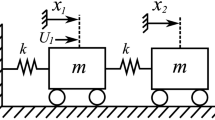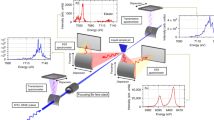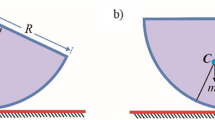Abstract
IN a recent letter to NATURE (Nov. 19, p. 726), Mr. J. R. Clarke gives a brief account of some experiments he has made on the excitation of various spectra in mercury vapour. The wording of his note suggests that he attributes the phenomenon cited to the relative shortness of the wave-length of his oscillating system (300 metres). The apparatus he uses is no other than the ordinary one of electrodeless discharge of which the spectroscopic interest has been clearly shown by Prof. E. Bloch and M. L. Bloch (Journal de Physique, 4, 333; 1923), whose first experiments were made with mercury in the absence of air, which is useless and even derogatory to obtaining pure spectra. This method has often been used since by these authors and others, most frequently, it is true, with damped oscillations, but M. Balasse recently employed undamped waves of about 155-880 metres (Comptes rendus, 1005; 1927) for the excitation of spectra of alkali metals. It may therefore be said that the method described is not merely full of promise, but also that it has already realised all these expectations.
This is a preview of subscription content, access via your institution
Access options
Subscribe to this journal
Receive 51 print issues and online access
$199.00 per year
only $3.90 per issue
Buy this article
- Purchase on Springer Link
- Instant access to full article PDF
Prices may be subject to local taxes which are calculated during checkout
Similar content being viewed by others
Author information
Authors and Affiliations
Rights and permissions
About this article
Cite this article
PONTE, M. The Excitation of Spectra by High Frequency Oscillations. Nature 121, 243–244 (1928). https://doi.org/10.1038/121243b0
Issue Date:
DOI: https://doi.org/10.1038/121243b0
This article is cited by
-
High frequency spectrum of mercury vapour
Proceedings of the Indian Academy of Sciences - Section A (1935)
Comments
By submitting a comment you agree to abide by our Terms and Community Guidelines. If you find something abusive or that does not comply with our terms or guidelines please flag it as inappropriate.



